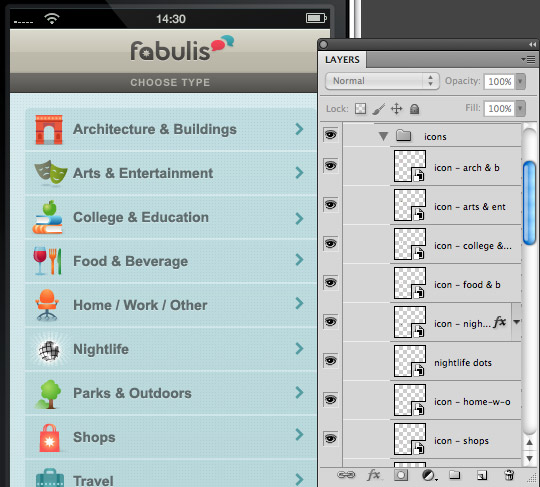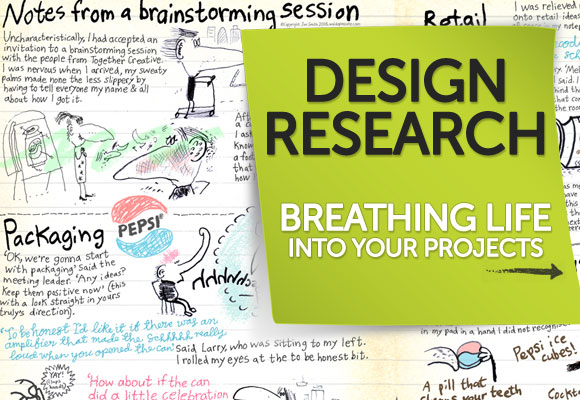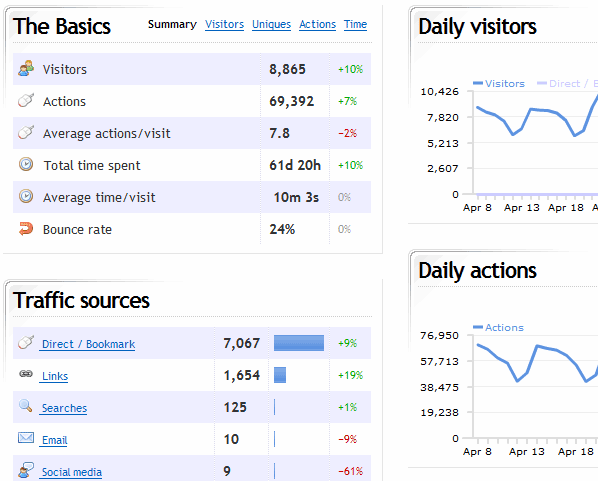
Web design is a mighty ocean and as a newbie web designer you may find it difficult to sail on your own. At this initial stage you must be worrying about a lot of things like creating great websites, satisfying your clients needs, adopting to and learning the best-in-class technology and a lot more as the list can go on and on. you can learn a lot from the exceptional work of the existing experts in web design that came before you, soak it in, this will certainly help you get a firm grip in this field. All you need to do in this preliminary phase is to understand the requirements of your clients, and then design an effective website that communicates their business objectives promptly to the end users (their customers). To put an end to the dilemma of what to do next, frame a systematic process for following every time when you start up with your novel designing or development project. Here are few effective tips for keeping you on the right track for all your web design projects, and keep you from staring blankly at your screen trying to remember it all, or even find a place to start.

7 questions asked by noob designers, answered
Project Initiation

Stand Out Among Freelancers by Communicating with Your Client
This stage is where you need to collect all the possible information to kick start your designing and development work. It is always recommended to have a face-to-face (or phone-to-phone) communication with your clients and this will aid you in understanding their objectives clearly. Prepare a brief note stating the client requirements, a concise summary of the client’s business, what their target market is, competitor analysis, what they actually want to communicate along with the effective means of communication and the practicable deadline for accomplishing the project. Maintain it properly for your future reference.
Research

Design Research: Breathing Life into Your Projects
The real time you invest in researching will help you throughout the entire project, all the way up until completion. Conduct a thorough study on the history of their business; scrutinize the close competitors in the market and their web designing practices, current trend in the market and the scope of the business in the future as well. This will help you to save your time while looking for essential information during the designing process, which helps greatly in avoiding repeat designs that your competitors have already thought of or possibly already implemented.
Strategy

Optimize Your Web Design Workflow
This is the step where you gather all your results from researching and briefing. Based on those outcomes, make a decision on choosing the right strategy for designing and developing your website. Select a simple theme as a base (or design and develop your own, of course!) that you think will work out for this particular website and roll out to your client for approval before building out a full-fledged final website. Based on the client’s opinion, decide on the various tactics and methods needed to achieve the clients goals, then implement them while designing and developing your clients dream website.
Presentation/Refinement

Web Design Basics You May Have Forgotten
Everything is completed (hopefully!) and now comes the assessment arena, where you need to present your design to the client for approval. You are then expected to make the necessary changes to your design based on the client’s feedback. Fine-tuning your design elements as per the client requirements at this juncture will instill their trust and help you gain their confidence. Once you go back and forth and remedy all their concerns, then you can move on to the next step!
Production/Launch

15 Essential Checks Before Launching Your Website
This is the final stage where you need to deploy the final design that is accepted by your client. It is time to launch the website, your client is happy, and the finished project gets blasted out over social networks around the internet. You can then advise the client to send the finished product to the media, prepress and the search engine submissions for the web (or do it for them).
These tips will assist any newbie designer who feels timid and lacks the confidence to start off with his new web design and development mission.




Hi Peter,
Thanks for sharing your thoughts with us.
Thanks and Regards,
Brian Taylor
Hello Brian and thank you for your article.
As you have pointed out web design for a client can be a mine field especially for a beginner designer. Listening to your client can save you lots of time when it comes to showing your client the design that you have created for them. Sometimes a clients expectations can be hard to read and then attain so listen carefully to what they are telling you. Also what is you opinion on verifying website usage statistics, this once your website design is published is the most useful information that you can have. this will allow you to fine tune your web design to really help your client’s web based promotions.